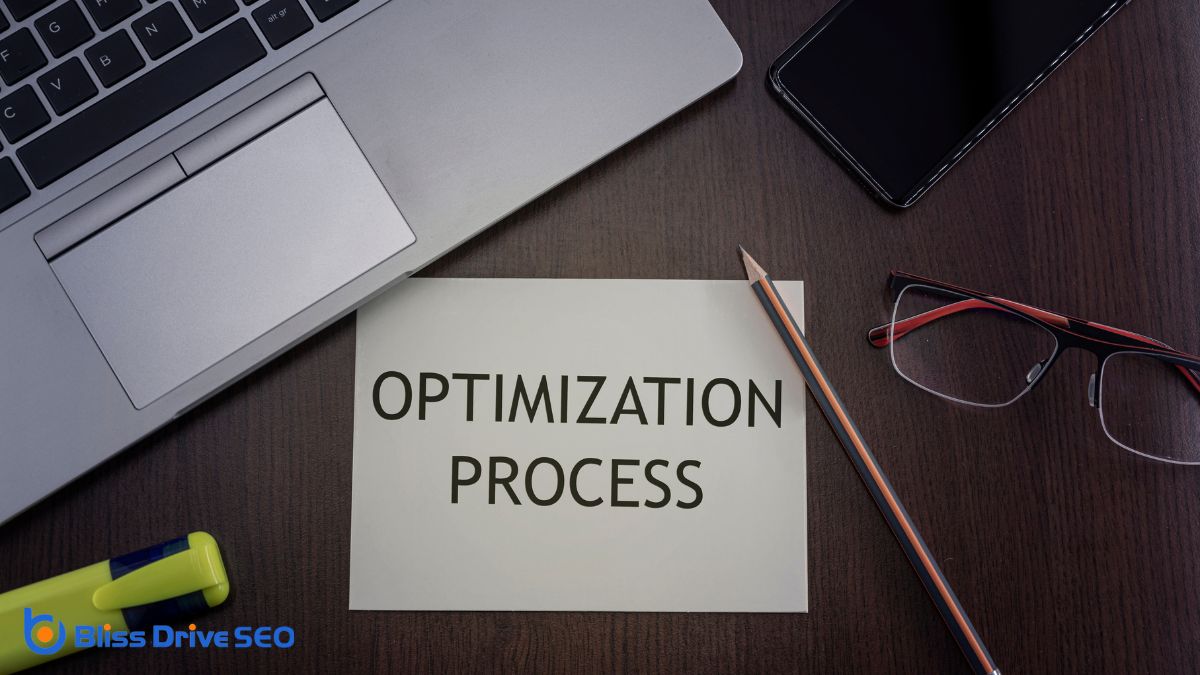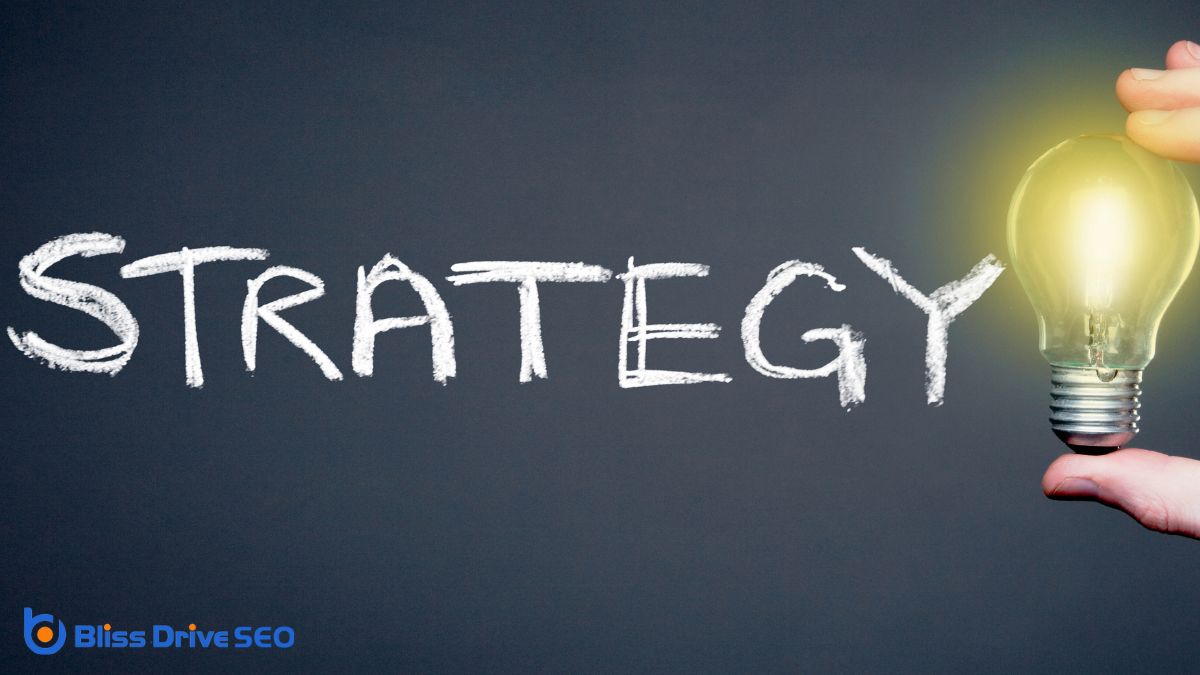Digital Marketing Services
Learn More About Us

When you're considering what makes an optimization strategy effective, it's crucial to start with clearly defined goals. These goals not only guide your decisions but also determine how you allocate resources. You'll need to understand your target audience to tailor your approach for maximum impact. As you proceed, continuous monitoring and data-driven insights will be your allies, allowing you to refine your strategy. But what happens when priorities shift, and how do you guarantee your efforts remain customer-centric? Let's explore how these elements come together to enhance efficiency and achieve sustained success.
Before diving into complex strategies, it's essential to grasp the basics of optimization. You need to understand that optimization is about making the best use of resources to achieve your goals. It involves identifying areas that require improvement and applying techniques to enhance performance.
Start by defining clear objectives—know what you're aiming to optimize.
Next, gather relevant data to analyze current performance. This step helps you pinpoint inefficiencies and opportunities for improvement. Remember, optimization isn't just about increasing output; it's about refining processes and maximizing value.
Keep an open mind, as flexibility is key. Sometimes, small tweaks can leadA potential customer referred by an affiliate who has shown interest in the product or service but h... to significant results. Stay curious and be ready to experiment.
With a solid grasp of these fundamentals, you'll be prepared to tackle more advanced strategies.

Every successful optimization strategy hinges on a few key components that guide your efforts and guarantee alignment with your objectives.
First, clearly define your goals. Without a clear target, your strategy lacks direction.
Next, know your audience. Understanding their needs and behaviors helps tailor your approach effectively.
Prioritization is essential; not all tasks are equal, so focus on those with the highest impact.
Continuous monitoring should be part of your routine, allowing you to track progress and make necessary adjustments.
Communication is critical; keep your team informed and aligned with the strategy.
Finally, flexibility guarantees you can adapt to changes and unforeseen challenges.
These components act as a roadmap, steering you toward successful optimization results.
To truly optimize your strategy, embrace data-driven decision-making at its core. By doing so, you'll make informed choices that align with your goals.
Begin by gathering relevant data, ensuring it's accurate and up-to-date. Analyze this information to uncover patterns, trends, and insights.
Use these findings to guide your strategic decisions, enhancing efficiency and effectiveness. Remember, intuition is valuable, but data provides the evidence you need to back up your choices.
Regularly evaluate your data sources and adjust as necessary to stay ahead in a dynamic environment.
Implementing your strategy effectively requires the right tools, which can make a significant difference in achieving your objectives.
To start, consider project management software like Trello or Asana. They help you track tasks, deadlines, and team progress seamlessly.
Analytical tools like Google AnalyticsA web analytics service offered by Google that tracks and reports website traffic. offerThe specific product or service being promoted by affiliates. insights into your performance metricsKey indicators used to measure the effectiveness of affiliate marketing efforts, such as clicks, con..., enabling you to make informed adjustments.
Use communication platforms like Slack or Microsoft Teams to guarantee everyone stays connected and aligned.
Don't underestimate the power of automationUsing software to send emails automatically based on predefined triggers and schedules. tools such as Zapier, which streamline repetitive tasks and free up valuable time.
Finally, invest in training resources to keep your team skilled and motivated.
Equipped with these tools, you'll navigate the complexities of implementation with greater ease and efficiency.

While achieving long-term success might seem challenging, understanding the core principles can guide you toward sustainable growth.
First, set clear, measurable goals. They'll act as your roadmap, helping you stay focused and motivated. Embrace adaptability; the business landscape changes, and so should your strategies.
Regularly evaluate your progress, identifying areas for improvement and opportunities to innovate. Prioritize continuous learning. Staying informed about industry trends and developments will keep you competitive and ready to tackle new challenges.
Next, invest in building strong relationships with your team and stakeholders. Collaboration fosters creativity and problem-solving, which are essential for long-term success.
Finally, maintain a customer-centric approach. Consistently delivering value keeps your audience engaged and loyal, ensuring your business remains relevant and prosperous over time.
To truly optimize, focus on clear goals and know your audience inside out. Use data to guide your decisions, adjusting as needed for maximum impact. Leverage the right tools to streamline processes and prioritize tasks that matter most. Stay flexible, always ready to adapt to changing needs, and keep your customers at the heart of everything you do. By doing so, you'll boost efficiency and guarantee lasting success in your optimization efforts.
